Hurricane Hunter’s Off-Season: Mind-Blowing
Have you ever flown into a hurricane or tornado? HailTrace's Dr. Dan Stechman has. He tells stories about flying in aircrafts that are built for such extreme missions as well as his personal experience inside these storms.

Most trades have an “off-season”. Weather doesn’t.
While most scientists chase from the ground, only a few have chased in the skies—flying into storms.
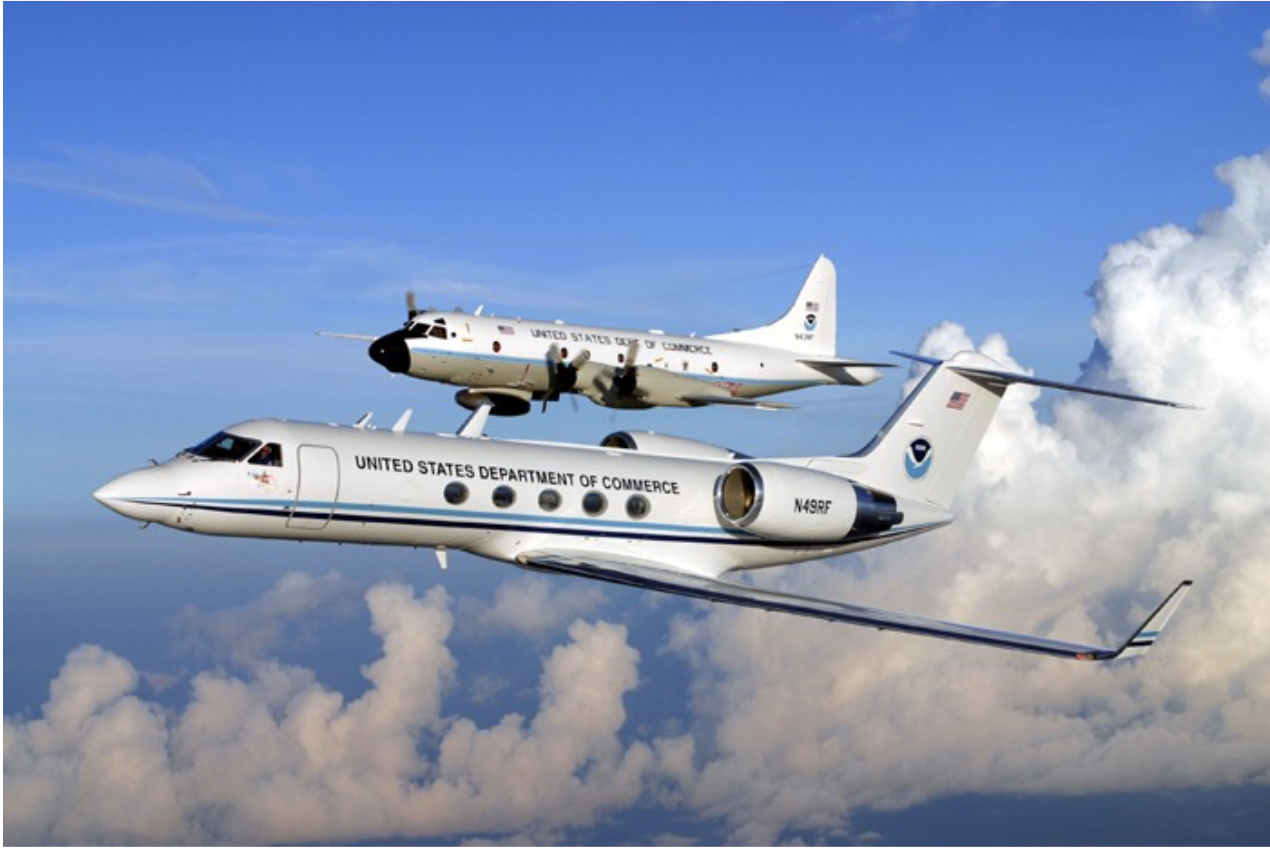
Hurricane Hunter aircrafts don't collect dust in their hangars when hurricane season's over, they fly into other fun stuff: tornadoes, nocturnal supercells etc.
You know those adrenaline-junkie scientists who do this kind of work? We have one right here at HailTrace, and he's going to walk us through what the off-season looks like.
His name's Dan, Doctor Dan–to be exact.
Dr. Dan’s Flight Memories
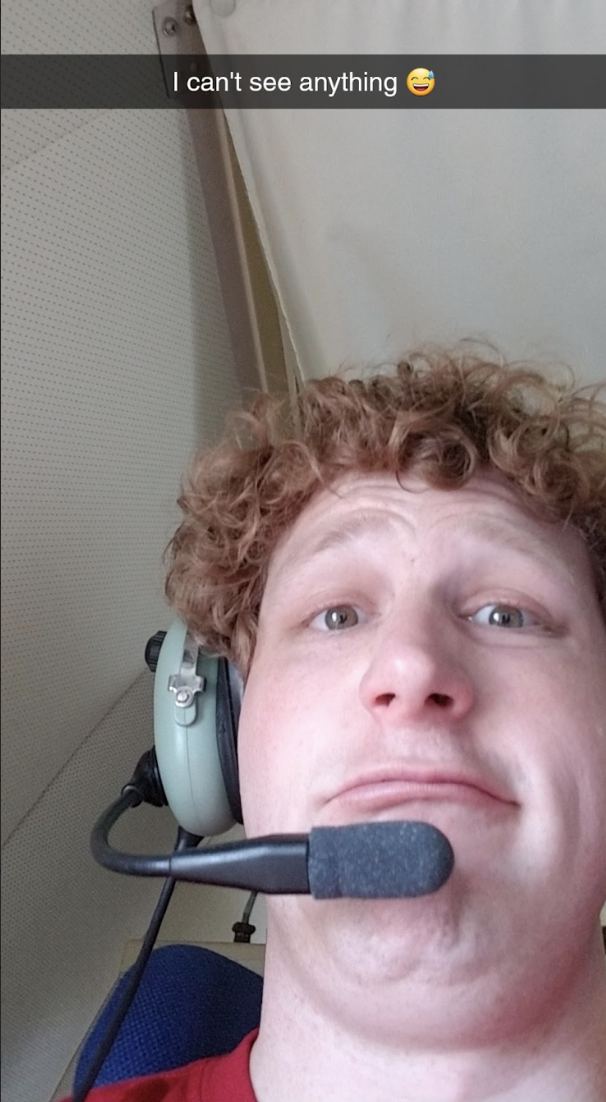
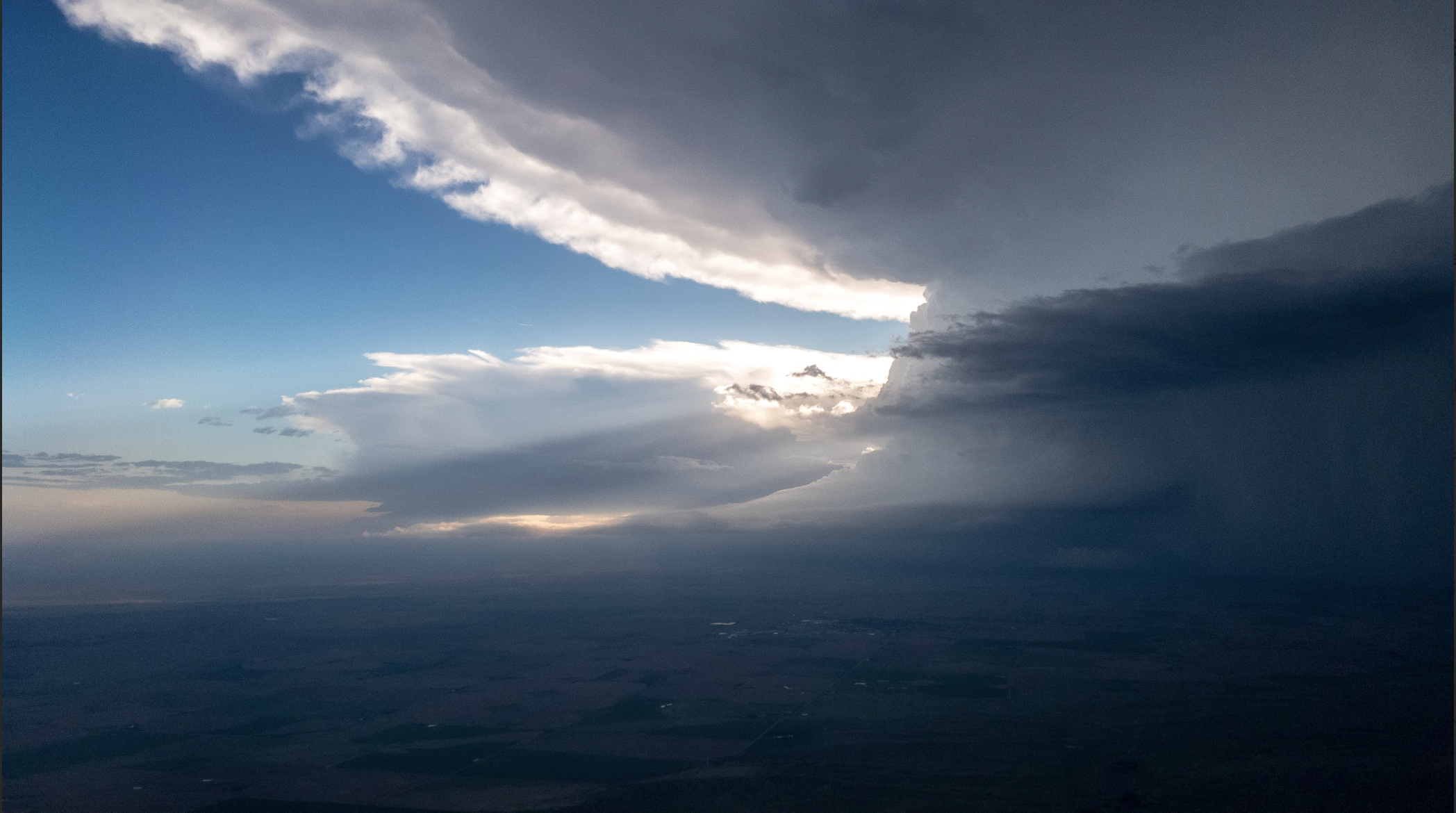
Dr. Dan's honest reaction while flying in the storm. To the right is a supercell storm picture taken from the Hurricane Hunter. Courtesy, Dr. Dan.
Dr. Dan Stechman, HailTrace’s Meteorological Software Engineer, earned his doctorate at the University of Illinois. In 2018, he joined the National Weather Service in Norman, OK to continue his research on nocturnal thunderstorms and partake in Project TORUS—understanding supercell mechanics.
Dr. Dan's interview on how to chase a tornado from an airplane and what it was like(Courtesy: HailTrace).
Through his work with the NWS and the National Severe Storms Laboratory, Stechman—a longtime NOAA affiliate—acquired a rare seat aboard the Hurricane Hunter aircraft.
His first flight mission? A nocturnal thunderstorm, followed by his second mission, a tornado-producing supercell.
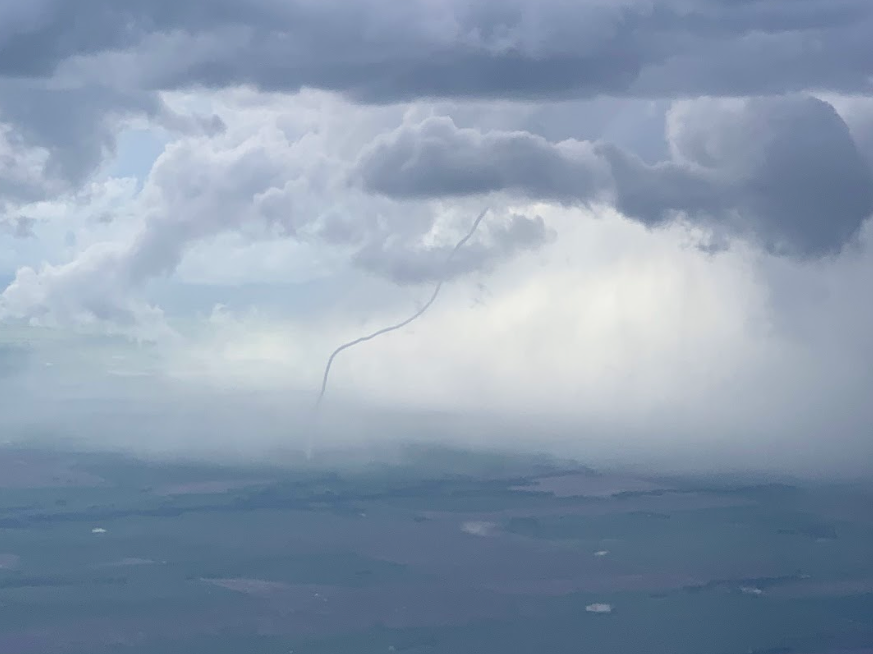
“I’ll never forget the first time I saw a tornado from one of these planes,” Stechman said. “You’ve got lightning all around you and it’s dark—the turbulence was surprisingly chill, though.”
What Exactly is a Hurricane Hunter?
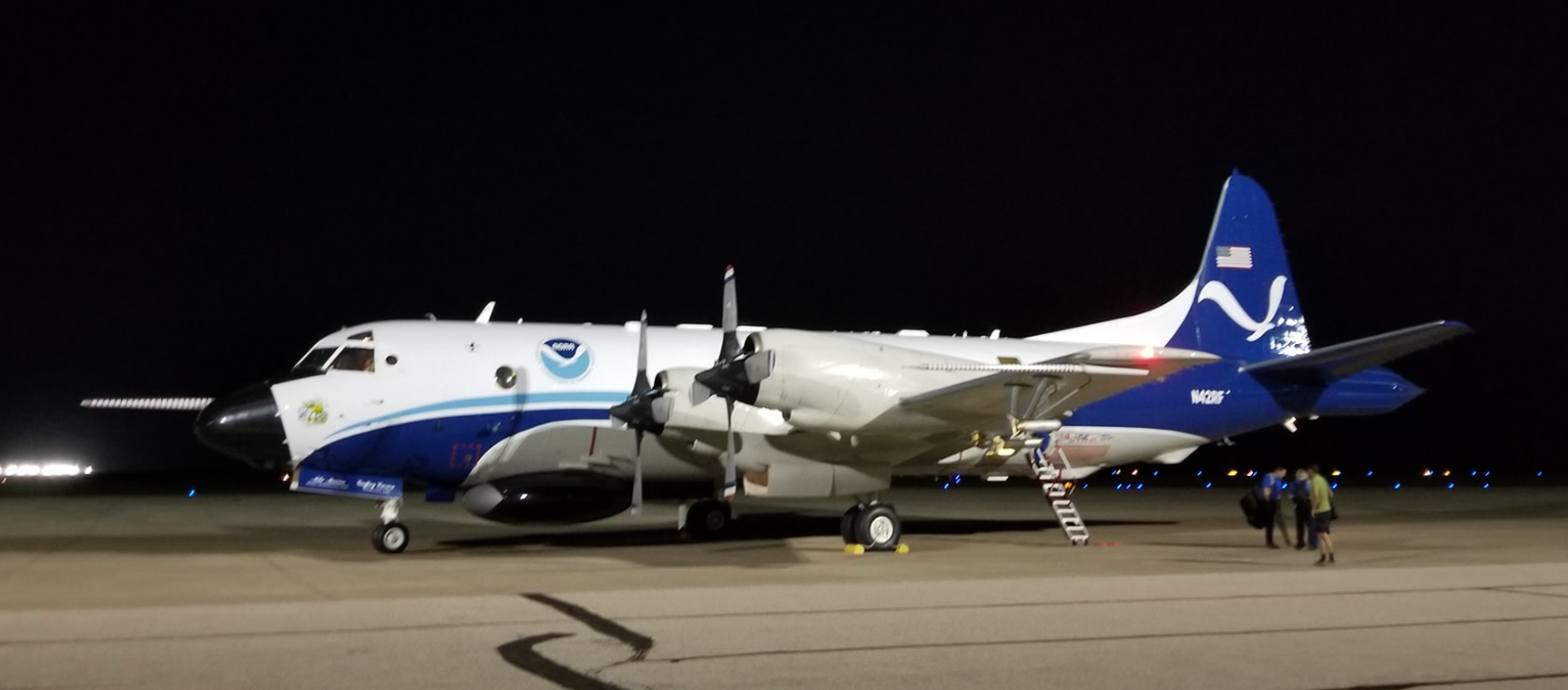
NOAA has an entire fleet of weather aircrafts, which include Hurricane Hunters: planes that are engineered to withstand extreme conditions like hurricanes and tornadoes.
It's no ordinary plane. What was a former US Navy submarine-hunter, torpedo-dropping aircraft, is now a Hurricane Hunter that deploys 'dropsondes'.
Dropsondes are instrumented packages that are placed into tubes, then deployed into hurricanes or other storms to measure pressure, temperatures and wind speed.
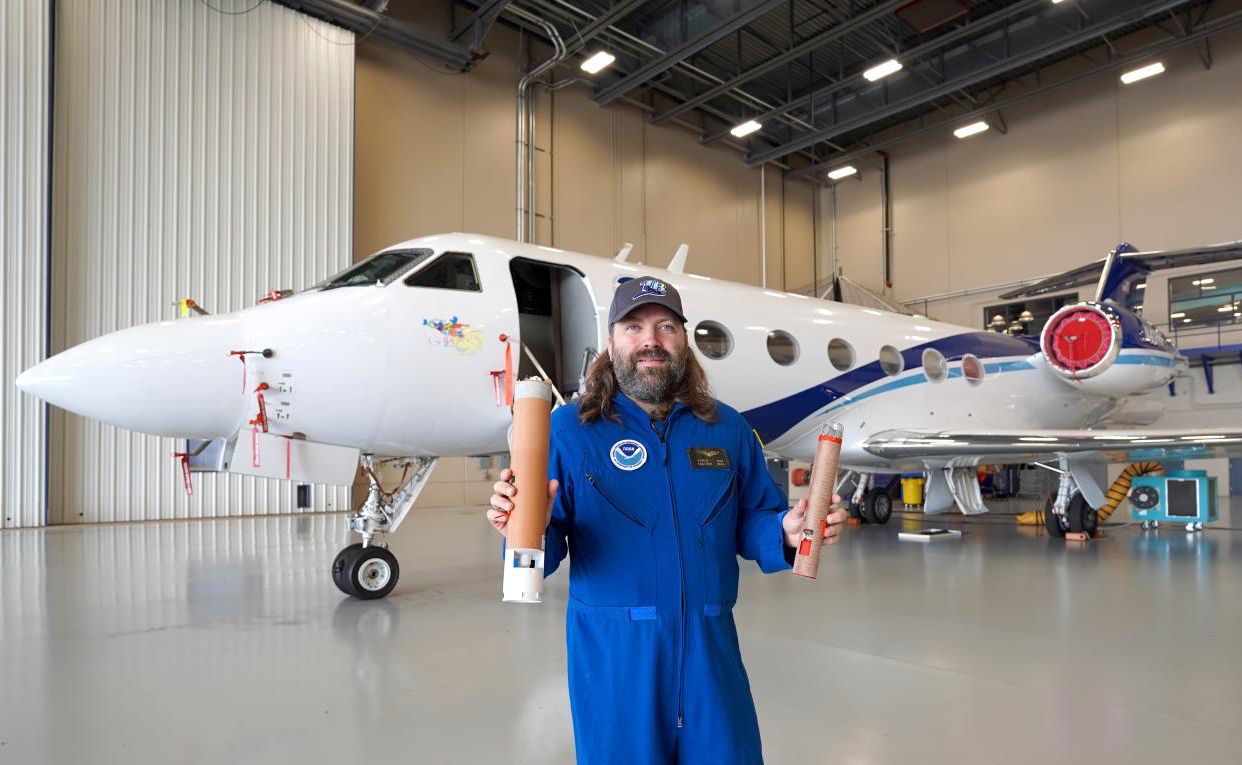
“It’s not like Twisters where you have the instant 3D picture of the tornado,” said Stechman.
But that doesn’t stop the Hurricane Hunter from flying 10-15km in front of the storm’s leading flank. Here, they’re safely able to deploy dropsondes and receive data from their radar.
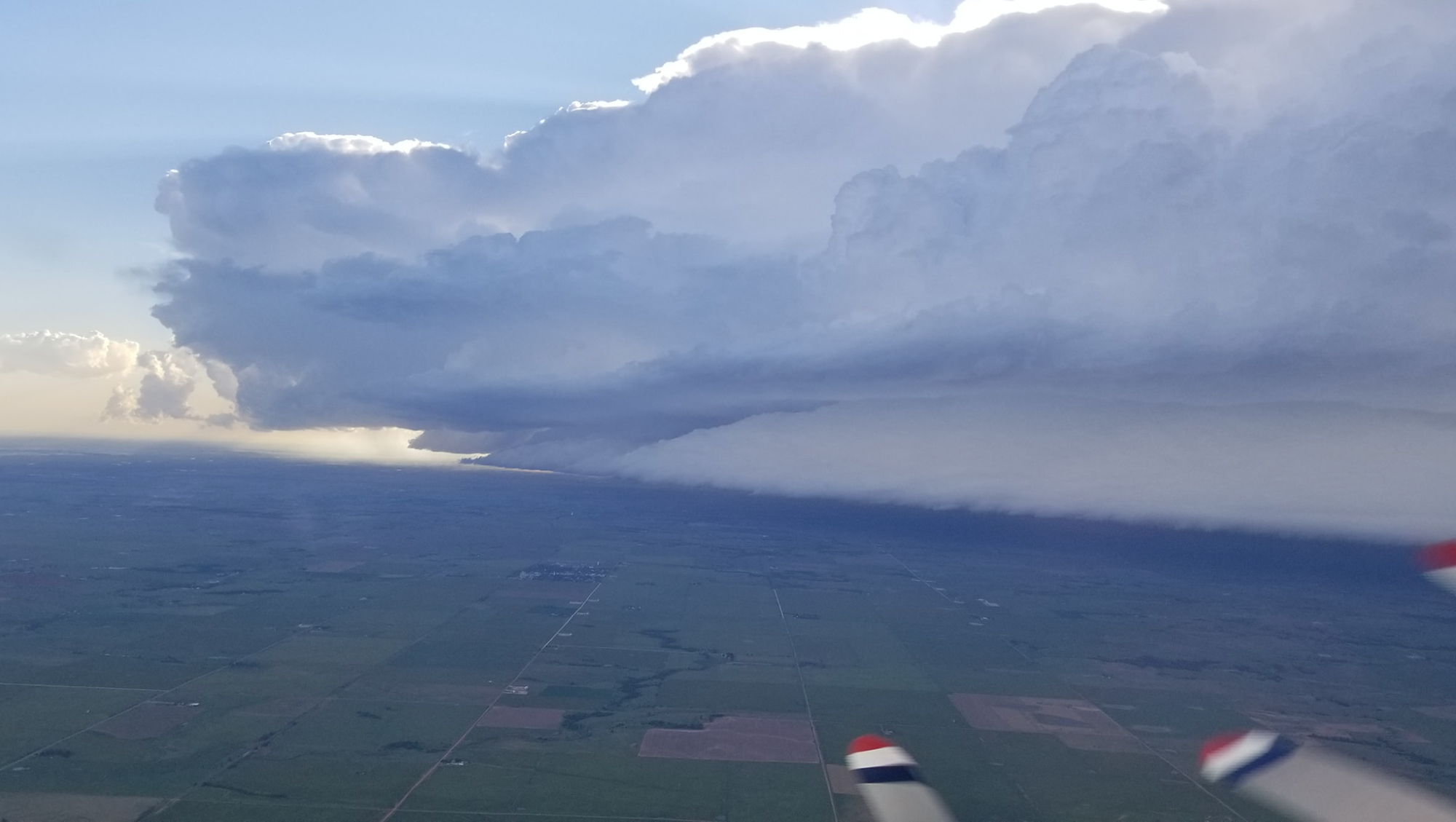
How the Radars Work
Mounted on the Hurricane Hunter’s tail is a dual-antenna Doppler radar that scans opposite directions to create a 3D map of the storm. This imagery gives a fuller view of what’s happening in the atmosphere.
It’s hard to measure small-scale weather at the ground level. That’s why radar imagery is key for remotely tracking atmospheric conditions.
Stechman says we can’t get an instant picture of the tornado like some "sci-fi hologram", but every scan from the Doppler reveals pieces of the puzzle that we can’t get any other way.
With this data, scientists—like Doctor Dan—can formulate a storm analysis, furthering their research.
Inside the Hurricane Hunter
The plane crew consists of around 12 people, including the cockpit passengers, scientists and other instrument engineers.
The P-3 Orion is equipped with two different radars that provide a 3-D image of the storm.
Flight preparation starts several days before takeoff and meetups happen a few hours early to make sure the Hurricane Hunter is ready for takeoff.
The same protocols go for the off-season, except the storms look a little different.
“They get to experience not only being able to fly into hurricanes regularly, but to go experience all these other cool phenomena,” said Dr. Stechman.
The Future of Airborne Storm Research
It’s not certain what’s to come for the future of airborne storm research—scientists are just scratching the surface.
However, the meteorological community remains hopeful that each piece of gathered data will help scientists safely advance their mission to deepen our understanding of weather and protect humanity.
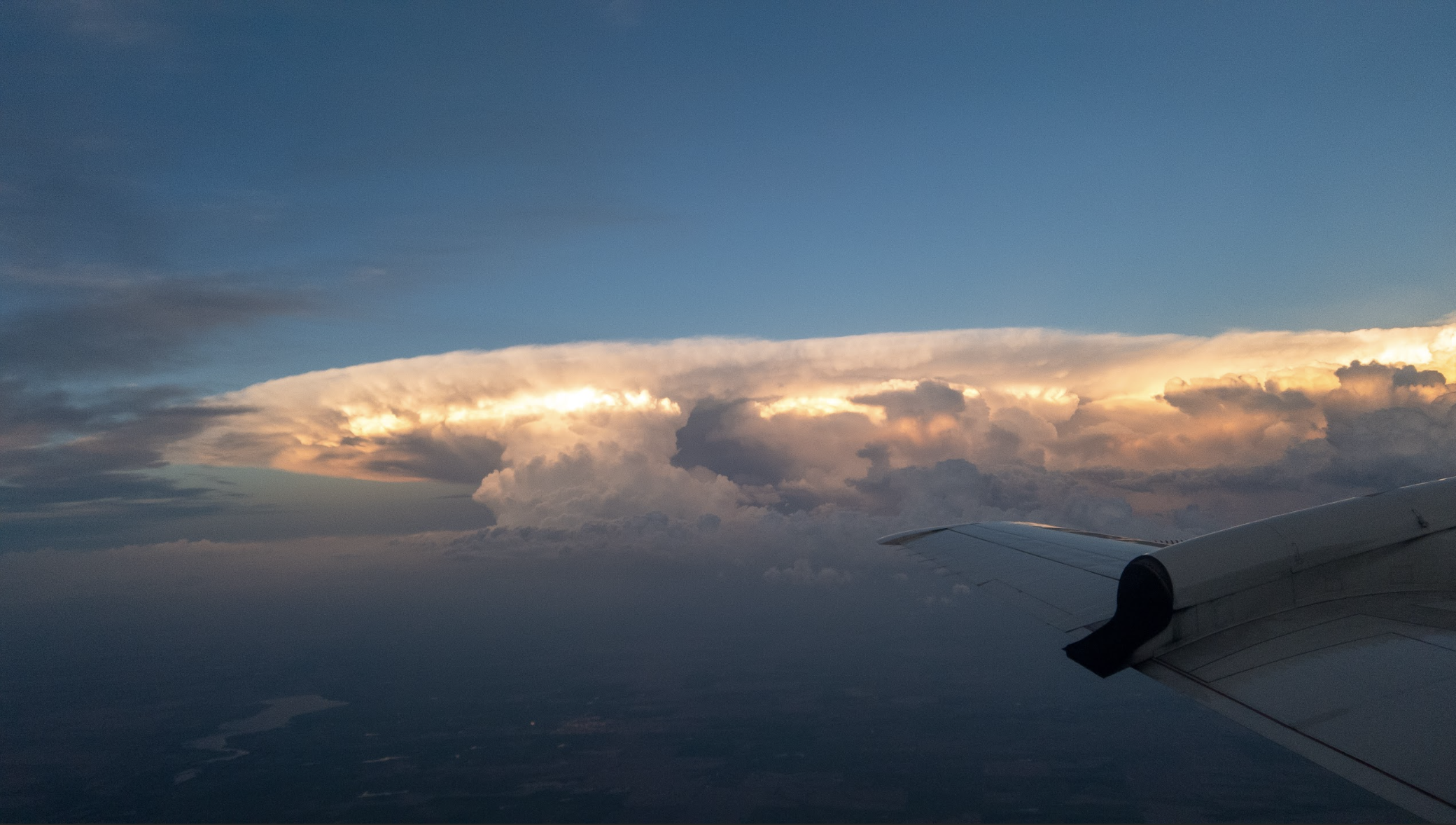
Doctor Dan is one of many amazing meteorologists here at HailTrace, monitoring every storm that develops in the US. For more information on HailTrace and the products we offer, visit our website hailtrace.com.
Watch the full episode with Doctor Dan on our podcast, HailChatter, at hailtrace.com or check it out on our YouTube channel.

